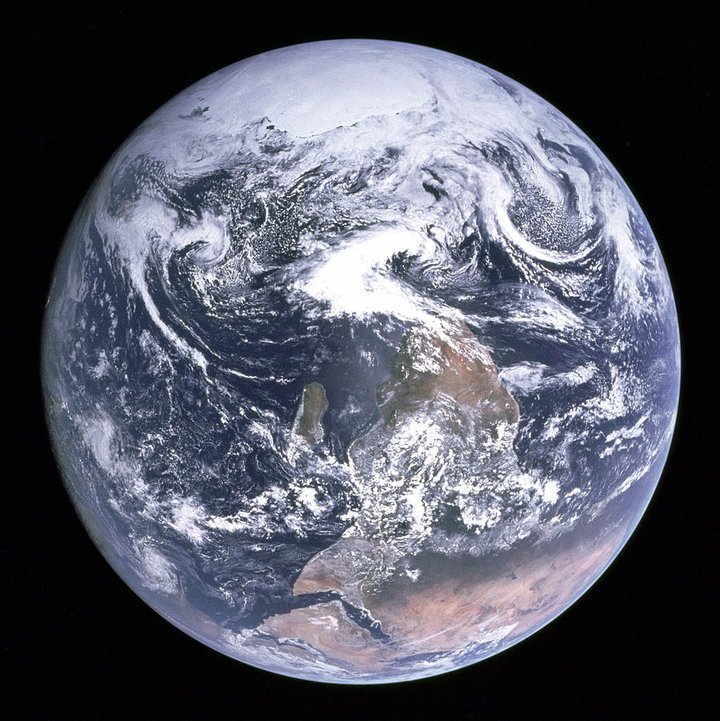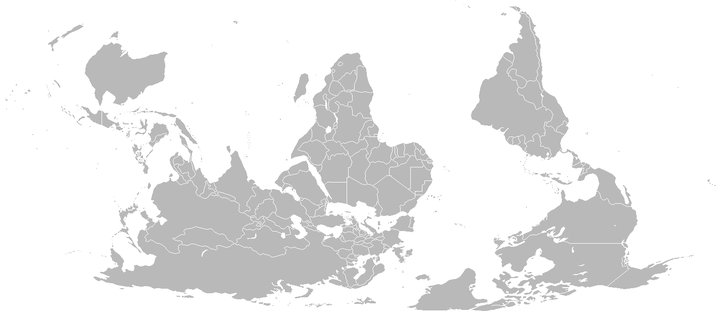November, 1963, Taumarunui, New Zealand. I’d been in the country just a week and was already homesick for England. I’d always found reading to be an effective antidote for the blues, so I found a sunny spot by the window and opened my book on what was to be a memorable spring afternoon. An hour or so later, I looked up and suddenly felt goose bumps rattling down my spine. Something was terribly wrong, but I was unable to identify its source. Then I had it: the sun was moving the wrong way.
For 21 years, through 7,000 daily repetitions, my subconscious brain had absorbed one particular lesson about the world of my birth, that is, the sun moves from left to right in the southern sky. But this southern hemispherical sun, in the average direction of north instead of south, moved from right to left. It was not enough that seasons were topsy-turvy, with November in late spring, and summer just round the corner. Now my basic sense of left and right was thrown asunder.
I lived in that upside-down world for four years, not long enough to undo my basic bias about the globe that says: our northern hemisphere is up, while south of the equator is “downunder.” When Copernicus insisted that the sun goes around the Earth—relegating our planet to just a regular member of the solar system—he was combating geocentrism. Now, like sexism and all the other irrational prejudices learned in childhood, I was finding that “hemicentrism” was an equally tough puppy to shake.
But suppose…
Civilization, I was taught, arose on four great rivers of the world: Nile, Hwang-Ho (“Yellow”), Indus and Tigris-Euphrates (the latter becoming a single river fifty miles upstream of the Persian Gulf). Notice anything? They’re all in the northern hemisphere. Suppose, instead, that five or ten thousand years ago, some group of southern hemispherites decided to quit all that tedious hunting and gathering and settled down by the banks of, say, the Plata, in South America, or the Orange in South Africa. They did all the right things—herded goats, raised corn, baked bricks—and thrived. Their settlements multiplied in size and sophistication, and before you knew it, they’d invented maps and sundials and compasses long before anyone in the other hemisphere on the far side of the equator had given such things a thought. How would our world today be different if that’s the way it had happened? I think it’s safe to say that:

The Apollo 17 “Blue Marble” photo of Earth in its original orientation. (NASA)
- South would be at the top of maps
- The direction “clockwise” would be opposite from how we define it now. Clocks rotate the way they do because our daily celestial timekeeper, the sun, goes “clockwise,” as does the shadow on a sundial. In the southern hemisphere, the movement of the sun and sundial’s shadow is counter-clockwise, as my jarring realization in New Zealand made clear.
- Compass needles would point south, instead of north. They do now, of course (i.e. they have two ends), but the convention is to paint the north-pointing end north red or some other distinctive color.
- The names of the zodiacal constellations would be different. Viewed from Australia, say, Orion the Hunter is standing on his head while Leo the Lion lies on his back with his paws in the air—hardly heroic or imposing poses.
- Spring, when new buds “spring” from the branches, would be the season from September to December, while fall (as in leaves falling) would be from March to June. Similarly with winter (which is probably cognate with “wet” and “water”) and summer (probably related to “sun”).
- The art of navigation might not have arisen as fast as it did, since there’s no equivalent in southern skies to Polaris, the North Star. This star appears to stand almost still in the sky, while the other stars rotate around it, because Polaris is only one-half of a degree (the diameter of the full moon) from the celestial north pole. That’s a boon to navigation, since it always lies in the direction of north. However, in the southern hemisphere, Polaris is below the horizon. The closest bright star to the celestial south pole is Miaplacidus (“placid waters”), but it’s a full 20 degrees from the pole, nearly the width of the Big Dipper. Lacking a fixed star to give direction at night, long distance mariners might have been slower to dare to sail out of sight of land than their northern-hemispherical counterparts.
- And even if early navigators had figured out celestial navigation, they might not have had the Vikings’ or Columbus’ luck in reaching the New World as easily as they did. A glance at a globe will confirm that there’s a lot more ocean in the southern hemisphere than in the north. It is, for instance, about half as far again from Cape Town to the mouth of the Plata as Columbus’ route across the Atlantic from the Canaries to the West Indies.
You can take this speculation to extremes. Would faucets turn in the opposite direction than we’re used to? Would we drive on the opposite side of the road? Would Republicans veer to the left?
And if we’re really going to fantasize about left-and-right inversions: if civilization had arisen south of the equator, our present 90% predilection for right-handedness might be reversed. Perhaps 90% of the world would be left handed, while the usual 10% minority would be, what, northpaws?
I rest my case.

CLICK TO MANAGE